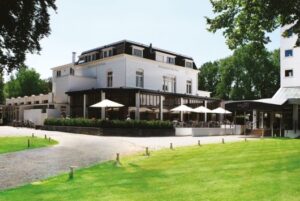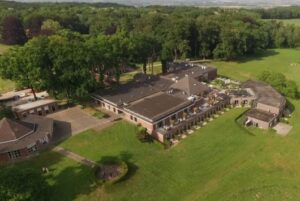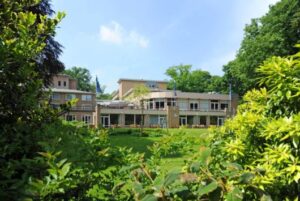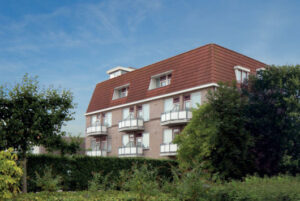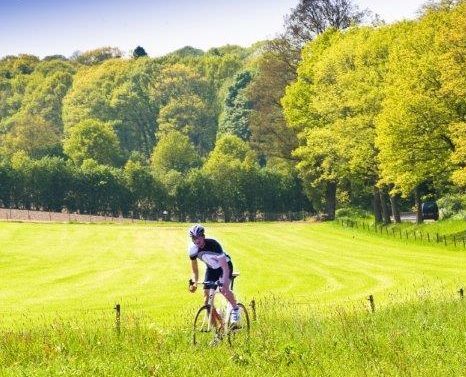The “Explore and Enjoy Local Food by Bike” initiative in Berg en Dal, Netherlands, promotes sustainability by encouraging locals and visitors to discover regional products through three themed cycling routes. These routes, featured in the popular BooQi booklet, highlight local farms, vineyards, and eateries offering fresh, local produce. Launched with enthusiasm from the community and Tourism and Recreation Foundation Berg en Dal, the project supports shorter food chains, reducing environmental impact while fostering community pride. With plans to expand information on a dedicated website, the initiative celebrates Berg en Dal’s rich agricultural heritage and its role as a Green Destination.
Berg en Dal
Berg en Dal: A tranquil blend of nature, history, and charm
Why visit Berg en Dal
Berg en Dal presents to you a unique set of natural landscapes, wildlife and historical monuments located next to the border of Germany. It is named after its hills (Duivelsberg, Sint Jansberg) and polders (Ooijpolder).
Berg en Dal is rich with history, which can be experienced at the Bevrijdingsmuseum. You can also enjoy a glass of wine from one of the vineyards in Groesbeek. Read further to find out more about green trip to Berg en Dal!
Destination’s sustainability performance
Culture & Local Life
In Berg en Dal a visitor can taste a variety of local products. The area is famous for its wine from one of the Groesbeekse vineyards. The area is rich in history that goes back to when icecaps covered most of the area. If you are interested in WOII, the liberation museum and the Duivelsberg (Devils mountain) will teach you about more recent history.
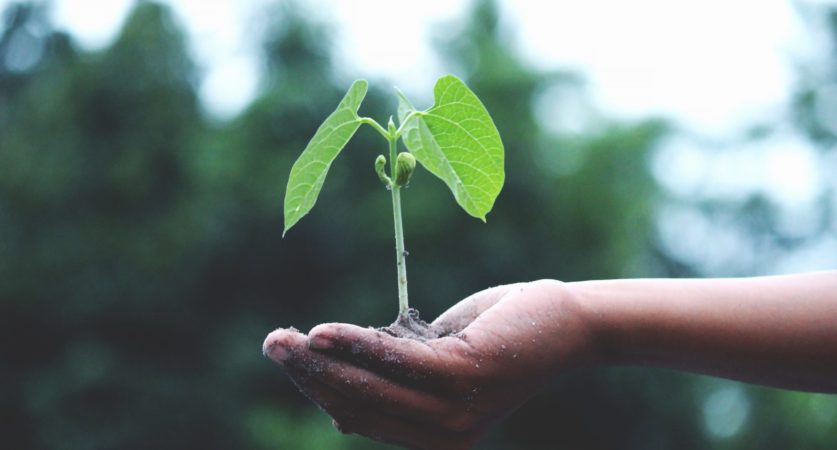
Sustainability
With extensive natural landscape management plans, Berg en Dal has been able to improve the environmental quality of the area. Since Staatsbosbeheer and Natura 2000 protect and manage most of the natural areas in Berg en Dal their conservation practices are strong. The municipality aims to be climate neutral by 2050, and involves local businesses in their activities to reach this goal. Although locals have a high level of involvement in the tourism industry in Berg en Dal, currently it does not have a strong baseline assessment of the effects of the industry on the environment and local life.
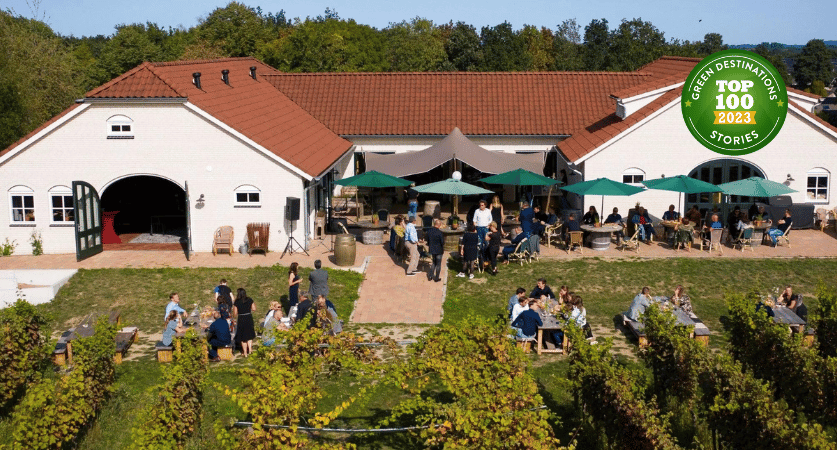
Good Practice Story
GOOD BUSINESSES
Discover accommodations, restaurants, shops and attractions that are commited to responsible development

Historic and cultural heritage
In addition to the beaches, take the opportunity to visit the Casa de Taipa Museum and the Church of São Miguel do Arcanjo.
PROMO CODE:
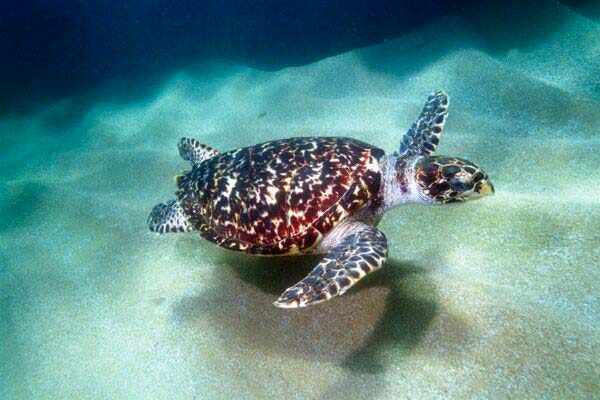
Historic and cultural heritage
In addition to the beaches, take the opportunity to visit the Casa de Taipa Museum and the Church of São Miguel do Arcanjo.
PROMO CODE:
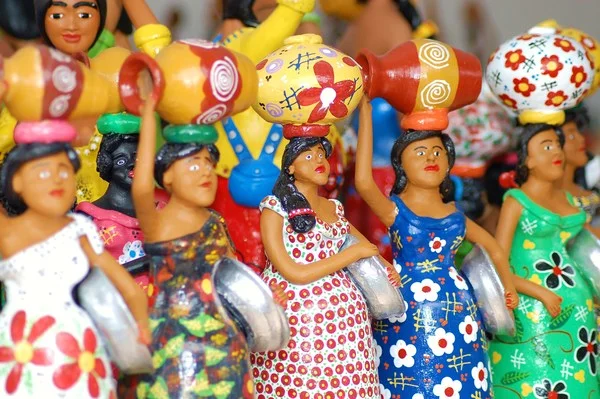
Historic and cultural heritage
In addition to the beaches, take the opportunity to visit the Casa de Taipa Museum and the Church of São Miguel do Arcanjo.
PROMO CODE:
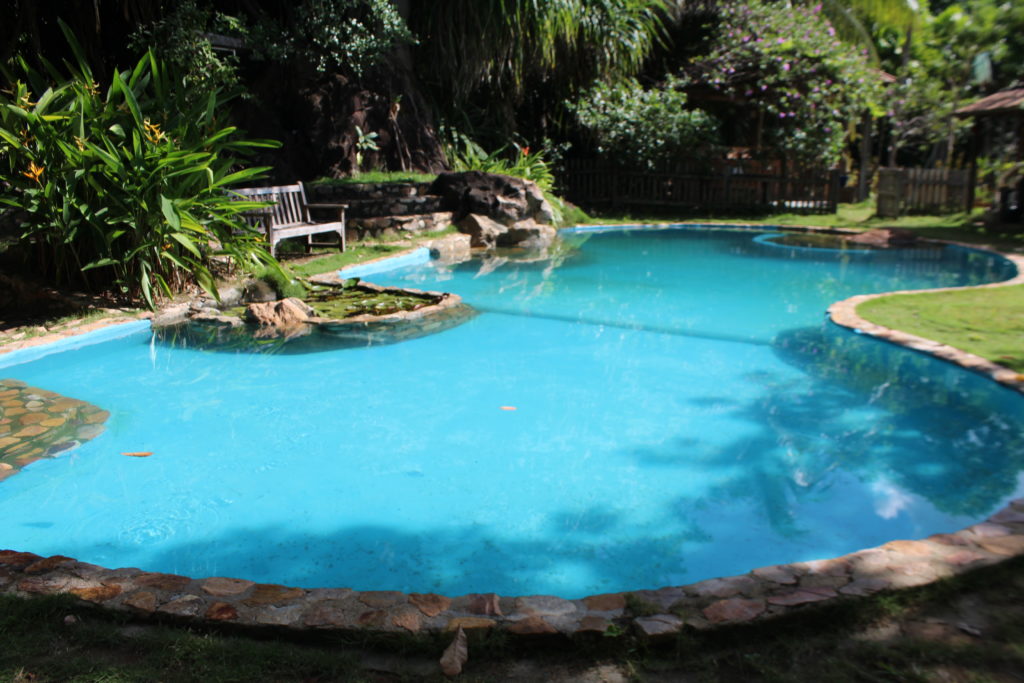
Historic and cultural heritage
In addition to the beaches, take the opportunity to visit the Casa de Taipa Museum and the Church of São Miguel do Arcanjo.
PROMO CODE:
Nature & Wildlife
In Berg en Dal you can explore a rare mixture of natural areas where you can unwind and experience wildlife up close. In the Ooijpolder (part of greater natural area Gelderse Poort) you can encounter wild horses, beavers, goose and cows. In the Millingerwaard you can enjoy the diversity of forest, meadows and swamps. On Duivelsberg you have a panoramic view of the surroundings.
GOOD PLACES TO STAY

Green Key
We recommend these places because they are committed to responsible tourism, checked and certified by independent auditors and ecolabel programs including Green Key.

Getting there
Several towns in Berg en Dal are easily reached via public transportation; use 9292 for info on connections. Your best buy is an OV chip card to use any train or bus service. This could be a more comfortable option for you to go on your green trip to Berg en Dal. But note that buses do not run to the outskirts of some areas, especially in more natural areas such as Millingerwaard or the Ooijpolder.

Getting around
Although it is possible to take public transportation to most towns in Berg en Dal, it is recommended to rent either a bike or car to get places a bit further away. The biking paths in the Netherlands are well-paved, so alternative forms of transportation such as skating during the spring and summer are great ways to get from place to place while enjoying the scenery.
Travel tips from our editors
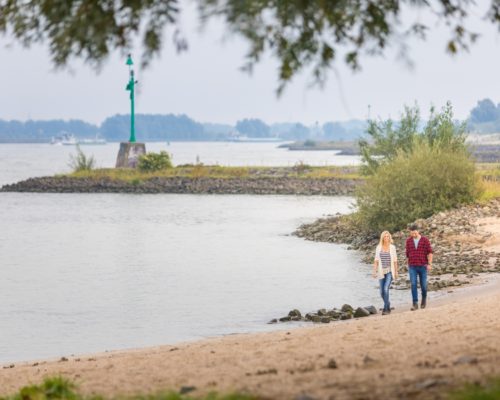
Between the rivers Waal and Maas – near Nijmegen – the area of Berg en Dal shows a rare mix of hills and polders. Best way to explore this wide and magnificent scenery is by foot or bike. Above that, nature area Gelderse Poort received the title of National Landscape.
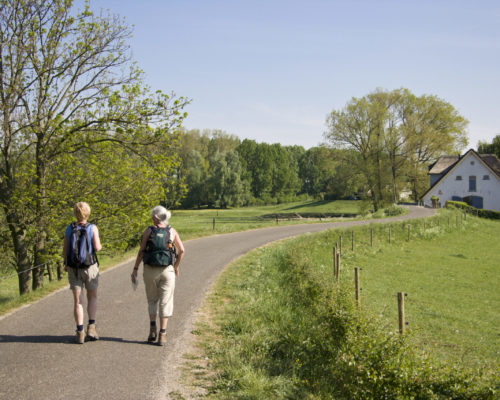
Put your walking shoes on and be prepared to be amazed by the nature around Berg en Dal. Known for its hills and polder, your hiking trip will be anything but boring. If you have more time to spend, be sure to visit the neighbouring area Nijmegen. Click here for more info about tips and walking routes in and around Nijmegen.
Sustainability Recognitions

Berg en Dal featured in the 2023 Top 100 Sustainable Destinations.

Berg en Dal also received the Green Destinations Certified in 2023.

Flore Vesseur | Page Editor
“Berg en Dal is a great destination to experience Dutch life and culture authentically. Local businesses thrive in the area, having tailored their experiences and services to the strengths of the region and what visitors look for to escape their daily life.”
Visit other destinations nearby
Get in touch
Support
We are a multicultural, creative and dedicated team working to promote sustainable tourism. Join us in our fight against the climate crisis, single-use plastics and over-tourism!

